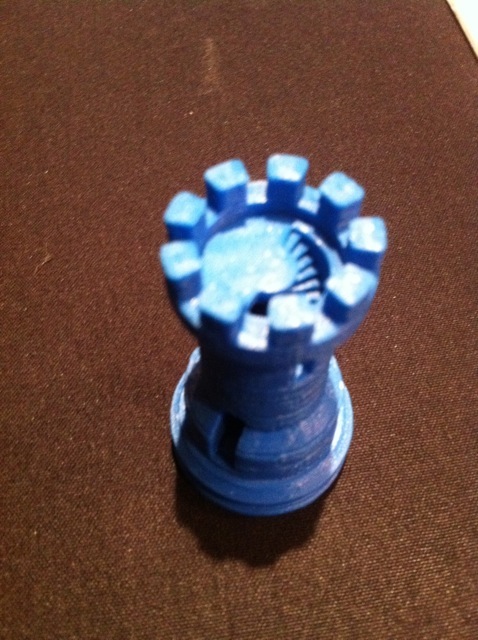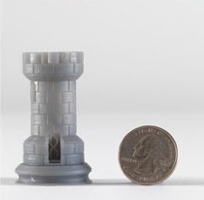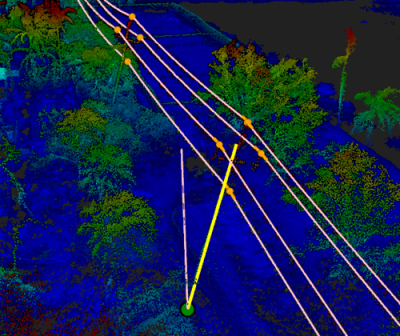I’ve written before about Kickstarter, a web site the supports crowd-funding for everyone from bands looking to make an album to micro start-ups looking to make the next great software package. Last time, I was talking about Holoxica, a company looking to fund its foray into mainstream holographic art. They were asking for $40k and raised only a little more than $1k. That’s the definition of “unfunded.” This time I’m talking about a project asking for $100k and receiving more than $200k of support in the first five hours. That’s the definition of “internet sensation.”
So what’s causing all this buzz? The company’s name is Formlabs and they have developed a prototype of a desktop 3D printer that’s very impressive, capable of incredibly high resolution to make very precise models at very small sizes. Here’s what it looks like:
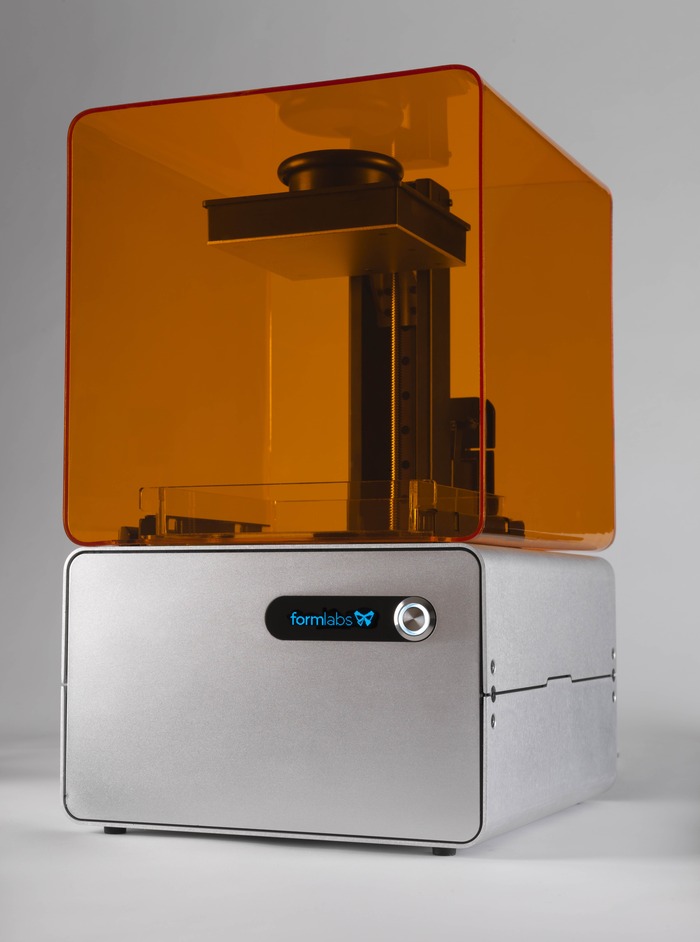
Check out their Kickstarter page here (if only to see what their current total is – it was going up at a rate of about $2,500 every 20 minutes last I checked). You’ll see that this project literally launched today. I was intending to write about it to encourage you to check it out. Now I’m writing about it say that you better get on board this 3D printing train or it’s going to leave you behind at the station wondering where everyone else is headed.
I know what you’re thinking: “Yeah, we’ve seen this before. It’s called Cubify. Remember how that was pitched to families to put in their kids’ bedrooms? We are not them, Sam. We’re, like, engineers and surveyors and what not. Get on the stick, dude.” But let me finish. And, first, watch their pitch video (may not work in IE, definitely does in Firefox. Otherwise, just go to that Kickstarter page link above):
Think Jon Hirschtick, founder of Solidworks, is excited about this because he wants to put one in his kid’s bedroom? Think all those MIT engineers are geeked about printing out chess pieces? No, they’re excited about this as a design and engineering tool, and for good reason. Plus, this is different than Cubify.
Cubify, for example, uses thermoplastic extrusion technology to print objects. Basically, it heats up plastic, and then spits it out in the proper shape. Which is great. And it’s very inexpensive. Just $1,300.
Formlabs, however, uses a different printing technology, called stereo lithography, which uses a pool of liquid that’s then zapped with lasers (well, you saw this in the video above). This allows for the resolution they can achieve. Further, the software integration is more advanced and designed with commercial and industrial applications in mind (from what I can tell).
This is absolutely for architects trying to put together better and more realistic models of their creations. This is for people like Thad Webster, who’s going to be writing for us soon about how he’s printing out digital elevation models. This is for manufacturers who’d like to see what parts will look like before entering mass production. This goes hand-in-glove with reverse engineering processes, certainly.
It’s for makers and big thinkers and inventors, too, of course. For chemists who want to better visualize molecules. For biologists who want to visualize cells, even. Who knows who else will want to use it. But it’s real and tactile and is creating a crazy amount of buzz. That’s something the data capture community needs to wrap its arms around in a big way.
That way, maybe the data capture folks can look as happy as the Formlabs people did when they announced they’d hit their funding goal in just 2.5 hours:
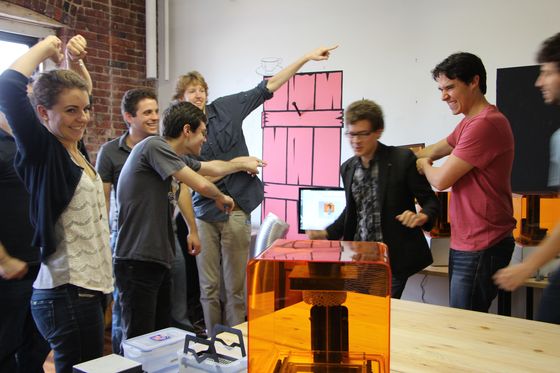
Addendum: Just wanted to note that it really is cool how every 3D printing company shows what they can do with the same forms. Here’s a pic I grabbed of a castle tower printed by Cubify at SPAR, side by side with the same design printed by Formlabs. Just kind of neat:
